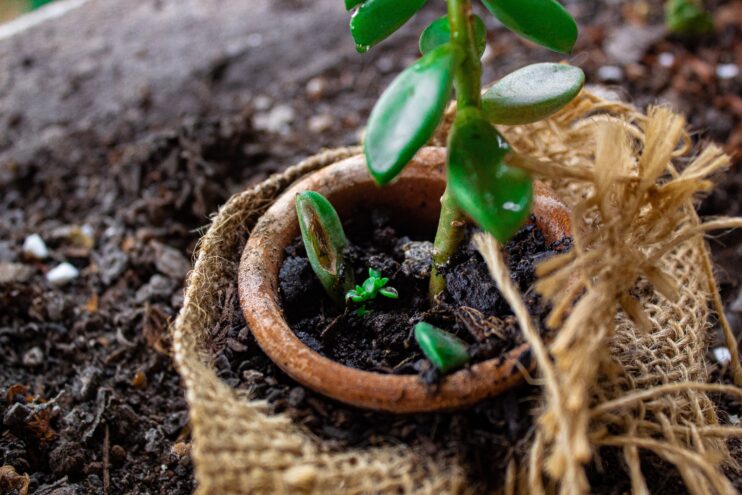We use affiliate links. If you purchase something using one of these links, we may receive compensation or commission.
If you are troubled with clay soil in your garden, do not worry. You can grow vegetables that grow in clay soil.
Clay soils are not always bad. They are high in nutrients and hold more water. Lots of vegetables grow quite well in this soil.
You can find vegetables that can grow in clay soil and some ways of improving your clay soil in this content.
Table of Contents
Understanding clay soil
If you are a gardener, you may be familiar with the soil which acts like plastic when wet. This soil is clay.
Clay soil is hard and brittle when it is dry, but as soon as the water is added to this soil, plasticity is developed.
Naturally, clay soil is made from minerals, plants, and animals. When, flora, fauna, and minerals break up after a long time in pressure, fine particles are created which is clay residual.
the pH of clay soil – Like many soils, clay soil is more alkaline. Its pH value ranges between 5.5 to 7.0.
Clay soil primarily contains silica, alumina, magnesia, and water. Small traces of other materials like iron, potassium, sodium, and calcium may also be found.
Benefits of clay soil

Like said earlier, clay soil absorbs moisture quite well and is richer in nutrients than other soil types.
The ingredients or materials that make clay soil are negatively charged in nature which holds other positively charged materials like potassium, sodium, calcium, and magnesium. This makes clay soil rich in nutrients than other soils.
They also provide firm support for plants by anchoring the roots securely. Lettuce, broccoli, cabbages, cauliflower, and many vegetables grow well in clay soil. If you want to know about the overall plant growth, check our content on How many inches does a plant grows in a week?
Why is clay soil the most difficult to work with?
Yes, clay soil is difficult to work with although they provide ideal growing conditions for many plants. Many gardeners avoid clay soil because of the following reasons:
- Warms up slowly in the spring.
- They are too tight for the roots to grow.
- Water infiltrates at a very low rate – about one inch per hour.
- Not suitable for drought-tolerant native plants as they provide moisture for a long time to the roots.
So, clay soil also has its disadvantages. You need to know which plants are negatively affected by clay soil.
But not all plants are affected by this type of soil. Read below to find some vegetables that grow in clay soil.
Vegetables that grow in clay soil
Before going to the list of vegetables that grow in clay, there are few things you need to know.
Clays are slow to warm up. So, early spring vegetables are not ideal for clay soil. If you are choosing vegetables for clay, you should mostly opt-out for those shallow-rooted vegetables.
List of vegetables that grow in clay soil:
#1 Cabbages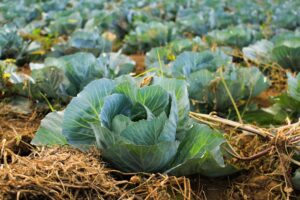
The pH value of soil required by cabbages is between 6.5 to 6.8 which is provided by the clay soil. You have to drain the soil properly for cabbages to grow.
Also, if you are wanting to increase the production of cabbages in clay soil, you can add nutrients like fish or tea emulsion about a month before planting.
#2 Broccoli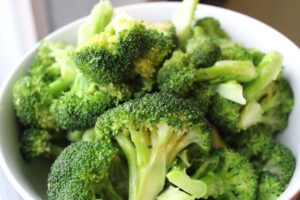
Broccoli loves moisture for proper growth. Clay soil should be good for this vegetable as it provides good moisture.
You don’t need to heavily water the soil, as it absorbs most of the moisture. Heavier clay soil would be ideal for the growth of broccoli.
#3 Cauliflower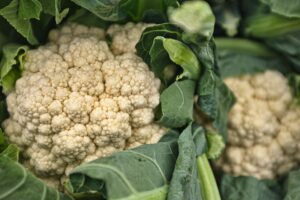
You can easily grow cauliflower in clay soils. Make sure that it gets added nutrients or organic materials before plantation.
You can add dried organic materials like cow manure, crop residue, or seed meal.
#4 Pumpkins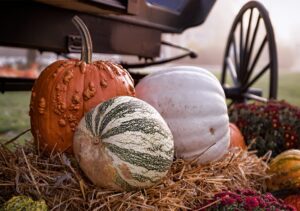
Pumpkins can grow in almost all types of soil. They do not require appropriate soil texture and hence can be even grown in clay soil.
You need to make sure that the soil is fertile. You can add rotted green manure, clover, and legumes during planting.
#5 Bulb Vegetables
Bulb vegetables include onion, garlic, and leek. These vegetables add flavors to cooking. Bulbs of such vegetables are used instead of their leaves for flavoring.
If you are planting bulb vegetables, raised beds with compost are used. You can apply fish emulsion or compost tea like done in cabbages.
#6 Pea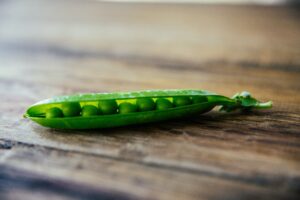
Peas are suitable for soil with a pH between 6 to 7.5. As pea can grow almost in all types of soil, you can grow peas in clay soil.
Do not overwater the plant while planting. Large water quantity in the soil causes root rot diseases.
#7 Daikon radish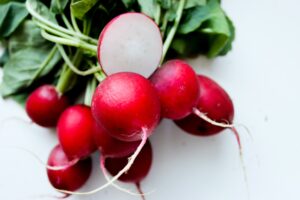
Daikon radishes are very useful for clay soils. They have shallow roots which would penetrate deep into the soil. This would break up your soil.
So, growing daikon radish in clay soil is useful for multiple purposes.
#8 Carrot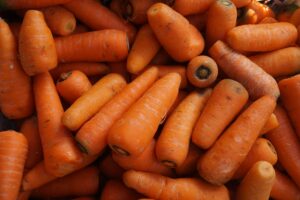
You can grow carrots in containers or raised beds of about 8 to 12 inches high if you are using clay soil.
You need to make sure that the soil gets a good amount of compost and manure. Add coffee grounds, aged grasses, and clippings. Before planting, loosen up the soil.
#9 Kale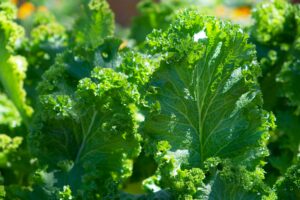
Good quality kale can be produced in clay soil. You need to do certain preparations for growing this vegetable in clay soil.
Make sure that you making small holes in the soil for the roots to breathe. You can also add aged manure with compost for better productions.
#10 Potato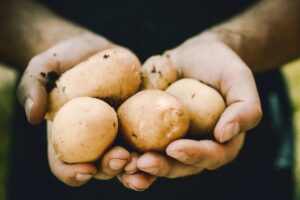
Potatoes are commonly used in cooking. So, the production of potatoes will never harm you. You can produce potatoes in clay soil too.
All you need to focus on is the acidity of the soil. Make sure that the soil is acidic by adding organic materials. This vegetable also aids in the growth of other plants in this soil.
Improving clay soil
With the decrease in the availability of lands for vegetation, the use of different types of soils is to be maximized. One of the commonly found soil is clay soil.
You need to apply or maintain the soil to a certain extent for growing healthy vegetables and plants. Here are some important things to add to your clay soil:
#1 Aeration
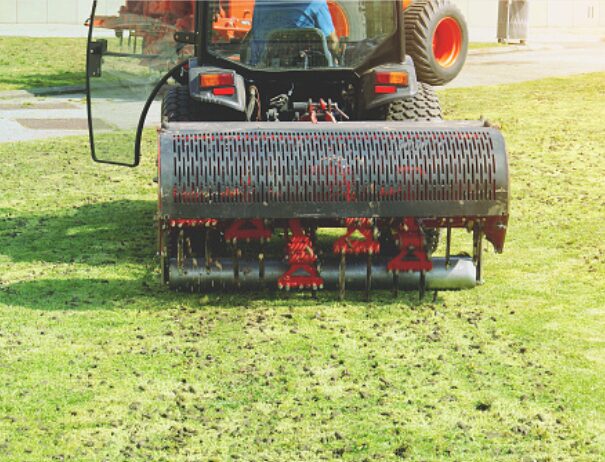
Clay soils are heavy than other soil types and are compact. There is a limited flow of air and water into the soil.
So, for making proper aeration, there are different tools you can use like spike aerator, core aerator, and others to create holes in your soil.
Creating the holes in the soil helps better airflow in the soil for the roots to breathe. Aeration also helps in increasing the rate of water infiltration.
#2 Organic materials
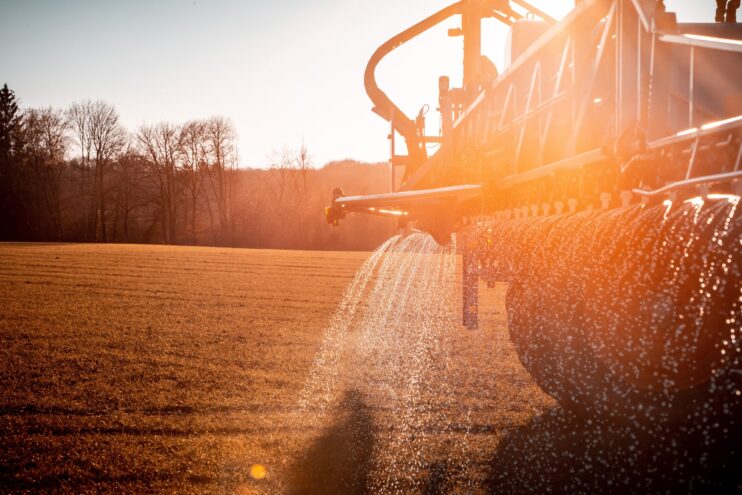
You already know that clay soils are more alkaline. You would want to make clay soil acidic for plantations.
The best and natural way of doing so is by adding organic materials to the soil. You can use compost, fertilizers, manure, fish emulsion, etc. for increasing the acidity of your soil.
These organic materials are beneficial for the soil and plants as well. They provide nutrients to the plants and also improve the fertility of the soil.
#3 Mulching

Adding mulch to your clay soil helps in maintaining temperature and moisture. Mulching helps to maintain the overall clay soil for improving vegetation.
The two main problems with the clay soil are the moisture level and to increase in the temperature at springs. So, if you want to maintain the level of moisture and to improve temperature flow, mulching is a great option.
Additionally, mulching also helps in reducing the weeds in the field which can cause problems while growing healthy plants.
Conclusion
Throughout the world, clay soil is very common. It is necessary to know about vegetables that grow in clay.
As the land for vegetation in the world is less, you need to maintain and improve the clay soil itself. They are also helpful in growing different types of vegetables.

